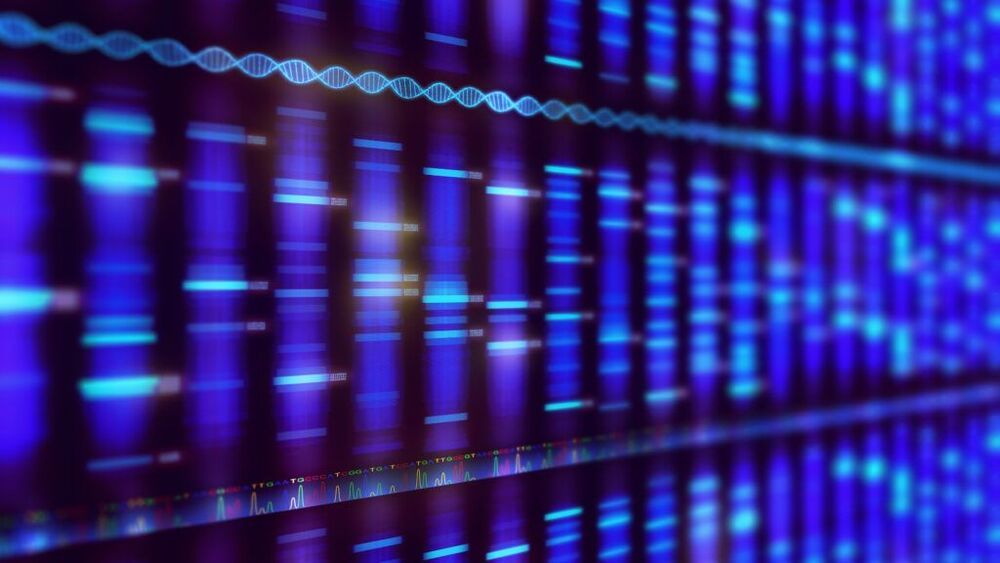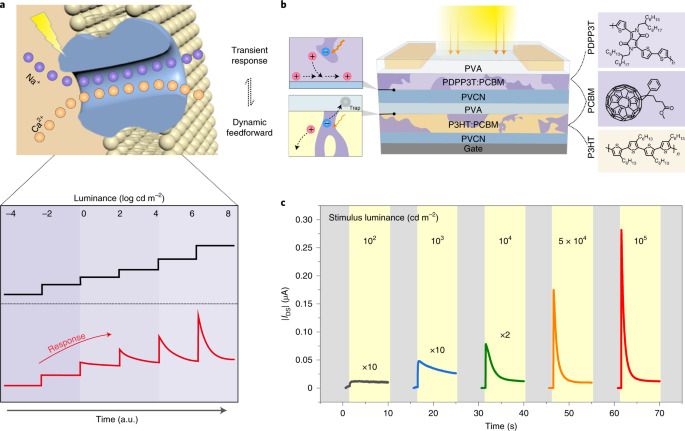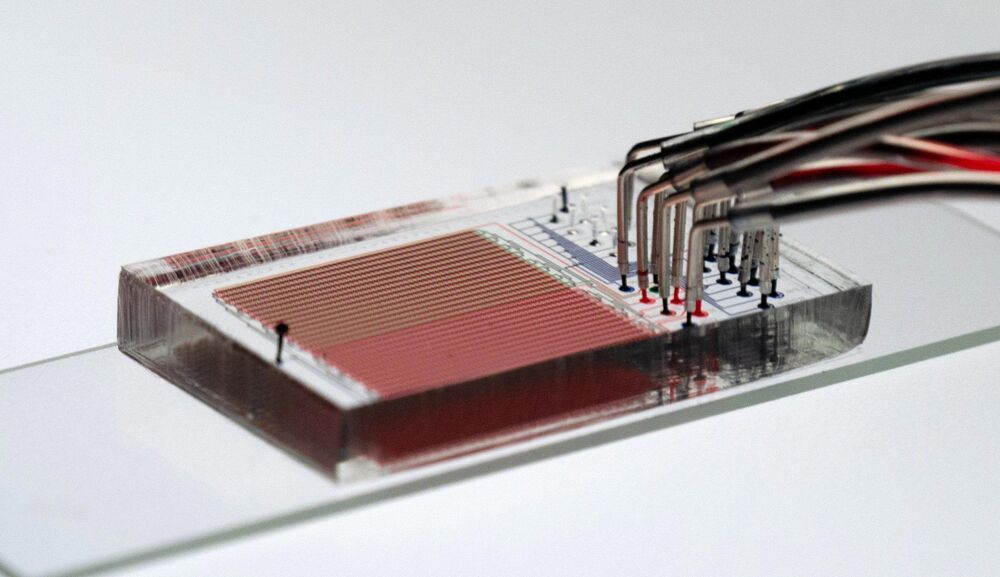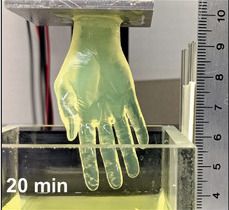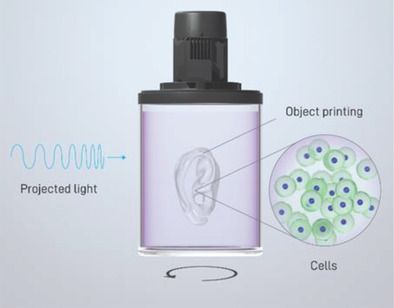India has undeniable strengths, too, of course. Its computing and commercial talent makes it natural territory for venture capital. The potential to spawn game-changing startups is there. But the money flowing into venture capital worldwide is not really seeking originality. Like a Hollywood producer, it prefers to back variants of ideas that have already been hits. India is a decent story, but only a few will make decent money from it. The numbers just don’t add up.
The formula for success cannot simply be copied across from America or China | Finance & economics.

